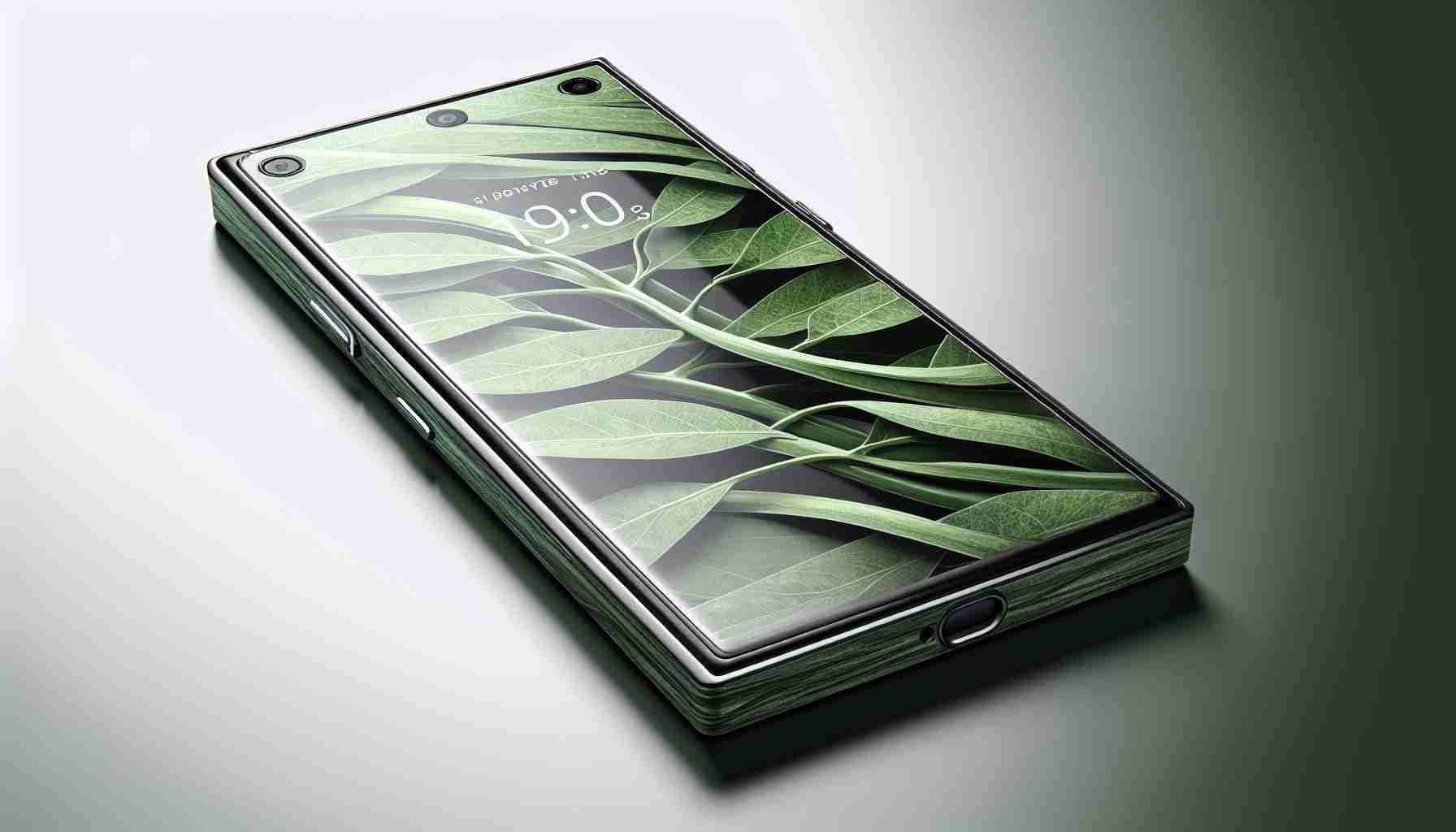The Sony Xperia 10 VI debuts as a tribute to environmental responsibility, distinguishing itself by incorporating over 50% of recycled plastic in its design. The device’s commitment to the planet extends to its packaging—shipped in a recycled box and devoid of any plastic within. However, buyers should note that the green initiative also means the absence of accessories like a charger or USB cable in the package.
Bidding farewell to the specialized 54mm zoom camera of its predecessor, the Xperia 10 VI instead offers a software-based 2x zoom feature for the main camera. Insights from technical analysis assure users that the primary sensor’s light sensitivity compensates for the lack of a telephoto lens, ensuring this change is unlikely to impact photo quality adversely. More importantly, the phone introduces the capability to capture video at 4K resolution with 30 frames per second.
Powered by the new 4-nanometer Snapdragon 6 Gen 1 processor, the Xperia 10 VI promises an extended battery life with its 5000mAh capacity. Retaining the 21:9 aspect ratio display, the smartphone continues to provide a balanced visual experience. Additionally, it keeps its symmetrical front-facing stereo speakers and a dedicated 3.5mm headphone jack for audio enthusiasts. This release shows Sony’s commitment to offering quality multimedia features while also prioritizing sustainability and user experience.
Environmental sustainability is a growing concern, and Sony’s efforts reflect a trend within the technology industry to address this issue. Companies are increasingly using recycled materials in production and reducing waste by slimming down packaging and omitting extraneous accessories. The key discussions surrounding this topic often center on the following questions:
1. How does the use of recycled materials affect the durability and quality of the device?
Using recycled plastics has generally been shown not to negatively impact the quality or durability of electronic devices. Manufacturers ensure that the recycled materials used meet high-quality standards before being incorporated into new products.
2. What are the challenges associated with the removal of accessories from the package?
This can be controversial as it assumes that consumers already have a compatible charger and cable, potentially creating inconvenience. However, it also reduces waste and production of duplicate accessories that may not be needed.
3. How are consumers responding to the removal of the specialized zoom camera?
While some professional or enthusiast photographers might miss the specialized zoom camera, the high quality of the primary sensor’s software-based 2x zoom aims to bridge this gap, and consumers may appreciate the device’s other advanced features.
The key challenges or controversies associated with such an approach to phone design include potential customer dissatisfaction due to the absence of a charger and USB cable, the balance between cost and sustainability, and ensuring that recycled materials maintain product integrity.
Advantages of using recycled materials include:
– **Reduced environmental impact**: Less reliance on new plastic production decreases fossil fuel consumption and potential pollution.
– **Conservation of resources**: Recycling materials means less raw material needs to be extracted and processed.
– **Supporting the recycling industry**: By increasing demand for recycled plastics, companies can contribute to the growth of the recycling sector.
Disadvantages may involve:
– **Perception of lower quality**: Consumers might perceive recycled materials as inferior, although this is not necessarily the case.
– **Limited availability**: The scale of recycled materials available for use might not meet the industry’s needs.
– **Extra processing cost**: Initially, it can be costlier to process recycled materials to meet quality standards.
For additional information on Sony’s efforts towards environmental responsibility and sustainability, you can visit their official website: Sony Corporation. Always verify the authenticity and correctness of URLs as they can update over time.
The source of the article is from the blog queerfeed.com.br
